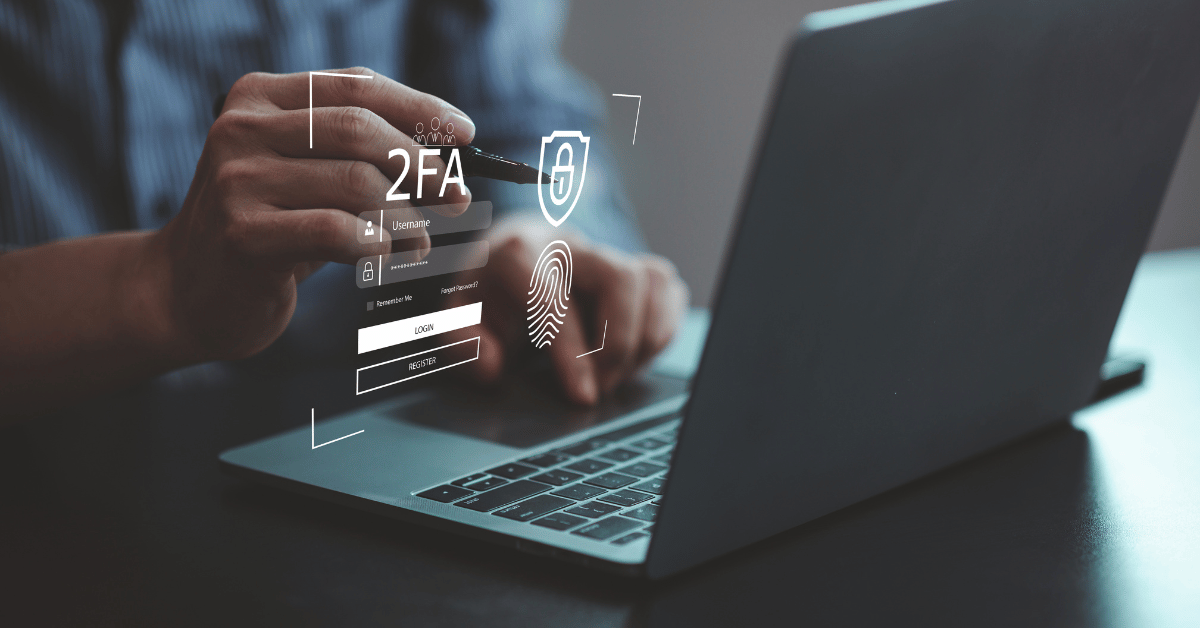Using Blockchain to Solve IoT Device Security – Part 1

In his recent thought-provoking lecture at InfoSec Europe 2018 and in his recent article, Ofer Amitai, CEO and co-founder of Portnox Security, explained that in the future blockchain technology could play a significant role in achieving increased security for IoT (Internet of Things) devices and machines due to its decentralized ledger and peer to peer communications that suit IoT machines communicating amongst themselves without human intervention.
He outlined a few futuristic scenarios which he believes will become a part of our normal life routine within 5-10 years and that it will be crucial to have outstanding and solid trust-protocols to be set in place so that this future can operate seamlessly and securely. The recent lecture and article have brought up a few questions that have been posed to Mr. Amitai, and in his answers he continues to outline notions regarding our global technological future.
Q: Regarding blockchain tech being “tamper-evident” – If the goal is to use an IoT device to start a DDoS attack, criminal theft, etc., couldn’t the cyber offenders still get away with what they wanted to do?
Amitai: “I believe hackers could check which devices do not have the latest software and security updates, according to the ledger and those potentially might be a target via the identity of the device. In a situation where an IoT machine has verification of the latest update, then it is less likely to be hacked.
The blockchain will create a new data base of IoT devices: it doesn’t mean that you can locate the device, but just by looking at the ledger you can map the devices that are not updated, and hackers could potentially use that for their advantage, knowing which machines don’t have the latest security patches, updates, etc. Then again, if IoT device security programmers are using that ledger to create a trust score, then it wouldn’t help hackers because those devices would have a low trust score and ideally, they wouldn’t be able to transact with most other machines. There would be a race here between the IoT devices to become updated, and cyber offenders wishing to hack and get into the devices.
The Identity on the ledger should uniquely identify the machine, but still keep it safe and anonymous on the ledger – so you wouldn’t know how to communicate with that device just by looking at the blockchain, or be able to pin point it physically, so they have some level of anonymity. You won’t be able to use it like Shodan to hack IoT devices and machines.”
Q: In your lecture at InfoSec Europe you mentioned that within 5-10 years IoT connected devices and machines will be performing transactions on our behalf. Where else do you see this happening? In which industries? Where in the world?
Amitai: “I believe we will see it in the area of virtual assistants, so you’ll have a lot of machine to man transactions, and also machine to machine, such as ‘please book a hotel for me online’; ‘get me a taxi please’, and the taxi is an autonomous car, and so the virtual assistant communicating with the autonomous taxi would be machine to machine communications; tourism and booking trips; transportation; hospitality. Did you see the new Google virtual assistant launch? Well in the future the conversations will be between machines.
IoT household machines for example – the fridge in your home orders items from the grocery store that will deliver everything, without humans being involved. And it will be interesting to see logistically how those deliveries take place, what types of physical infrastructure will have to be in place for that to happen.
Predictive maintenance is where a machine will order components like a battery that will arrive there, in order for the machine to fix itself! In other words, machines will notice when their battery isn’t going to recharge anymore and take actions to order a new one. So machines will be able to fix themselves.
Pizza delivery – if I have a lot of connective points with IoT cars and smart city traffic lights I know how fast the pizza will arrive – the more data points I have, the more I can predict how fast the deliveries will reach any point in the city.
It is interesting to see what happens with big shipping like ZIM containers in the future. Companies are already working on autonomous ships. Typically, you have a whole crew of people manning supply ships. It’s a big operation and those ships and crews are in danger of being kidnapped… then ransom is demanded, and if ships are working autonomously, then sure, people could still try to steal them or goods from them, but then you don’t have to worry about human lives, you can hookup security cameras all over the ships, and if someone comes to steal anything you could deploy law enforcement but at least human beings wouldn’t be in harm’s way. So potentially this type of piracy would disappear from the world.
Think about parking lots. In the future, your car could drop you off at work, and then go find a parking space on its own. If the car has a good trust score it will be granted access without an issue. Then it could come back to pick you up at the end of your work day.
In the end we want to have automation of processes and have less interaction as humans with machines, especially in supply chain and manufacturing, where there are areas of friction with humans. The less people are involved – the smoother it will be.”
We will continue our exciting conversation with Ofer Amitai in part 2, in which Ofer will discuss examples of machine to machine communications that are already in use today; policy setting and the need to be prepared for the new security risks of tomorrow.
Try Portnox Cloud for Free Today
Gain access to all of Portnox's powerful zero trust access control free capabilities for 30 days!








